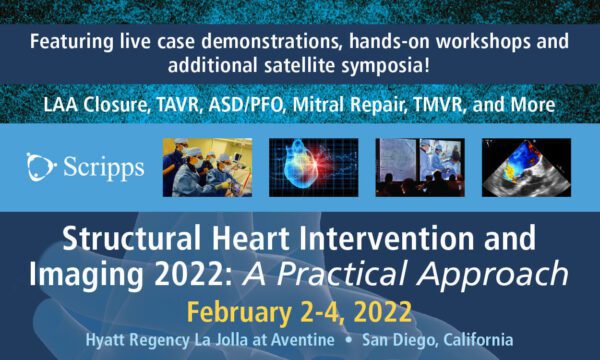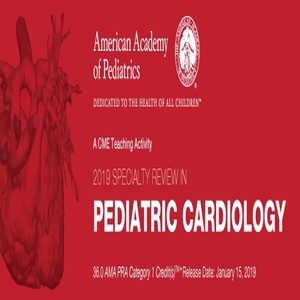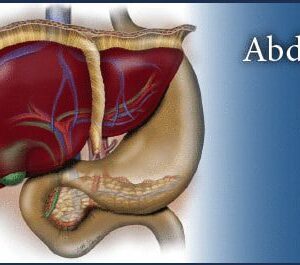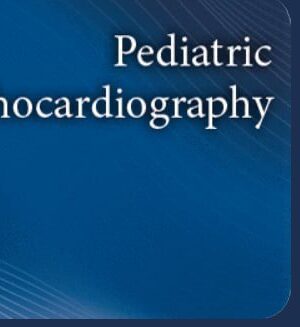No products in the cart.
Description
+ Include: 19 videos + 1 pdf, size: 3.62 GB
+ Target Audience: cardiologist, radiologist, sonographer
+ Information:
Course Overview
Scripps’ Structural Heart Intervention and Imaging conference is designed to provide a practical, cutting-edge, and live case-based assessment of the emerging area of structural heart disease interventions and cardiovascular imaging. The course will place a strong emphasis on the collaborative nature of these procedures across many disciplines within cardiology. Expert faculty will include interventionists, invasive cardiologists, echocardiologists, electrophysiologists, cardiothoracic surgeons, cardiac anesthesiologists, and sonographers. Faculty
will discuss clinical guidelines on patient selection, pre-procedural assessment, procedural tips, techniques, and challenges (including concurrent imaging) during the performance of the procedures and conclude with assessment of outcomes and future directions.
Conference Highlights
• Multidisciplinary expert faculty emphasizing a team approach to care
• Based structural heart disease interventional procedures with intraprocedural imaging, clinical-pathological correlations with ex vivo cardiac specimen, and pertinent didactic lectures
• Interactive formats, panel discussions, Q&A, and more
• Live satellite case transmissions
• Expanded satellite symposia and hands-on workshops
Educational Objectives
After attending this live activity, participants should be able to:
• Assemble the appropriate multidisciplinary team, imaging technologies, and catheter equipment to perform structural heart disease interventions.
• Apply a comprehensive approach to the assessment of the aortic, mitral, and tricuspid valves, the interatrial septum, and the left and right ventricles, using echocardiography (TTE, TEE, and ICE), CT, and MRI for the purpose of the interventional treatment of these cardiac structures.
• Cite the current indications for LAA closure, PFO closure, transcatheter aortic valve replacement (TAVR), transcatheter mitral valve replacement (TMVR), and mitral transcatheter edge to edge repair (TEER).
• Interpret echocardiographic and CT imaging before and after LAA closure, and identify and measure peri-device leaks, device-related thrombus, and other potential complications.
• Select the appropriate treatment strategy for patients with mitral valve disease (i.e., TEER or TMVR) or tricuspid valve disease (i.e., TEER or TTVR) based upon imaging findings.
• Incorporate live TEE multiplanar imaging to optimize transcatheter mitral and tricuspid valve intervention.
• Utilize 2D and 4D ICE during structural heart intervention.
• Recognize the risk of left ventricular outflow tract obstruction after TMVR and coronary occlusion after TAVR and apply specific interventional strategies to prevent them (e.g., LAMPOON and BASILICA).
• Integrate emerging data regarding surgical risk, including low and intermediate-risk patients into TAVR decision-making.
• Identify heart failure patients who might benefit from novel interventional strategies, such as interatrial shunt devices, to improve symptoms.
• Optimize the anesthetic management of patients with reduced ejection fraction undergoing TEER or TMVR.
• Employ best practices to safely manage potential complications of catheterbased therapies for structural heart disease.
Target Audience
• Interventional and Invasive Cardiologists
• Echocardiographers
• Interventional Radiologists
• Cardiovascular Surgeons and Anesthesiologists
• Cardiology Nurses and Nurse Practitioners
• Cardiovascular Sonographers
• Cardiac Catheterization Technicians
+ Topics:
brochure_sh22_compressed.pdf
Cases of ASD Closure with the Novel Cardioform ASD Occluder- Sizing, Technique, and Advanced Tips –and Tricks-B. Gordon, MD.mp4
Common Logistical Issues and How to Overcome Them-Kristen Billick, BS, ACS, RDCS.mp4
Complex PFO Closure with the Cardioform Septal Occluder- Case Examples-Joseph Aragon, MD.mp4
How to Integrate Academics and Research-Michael Picard, MD.mp4
Identifying Key Personnel to Support a Structural Program-Konstantinos Koulogiannis, MDs.mp4
Imaging Pearls for Guiding Mitral TEER My Best Tips and Tricks-Moody Makar, MD.mp4
Intracardiac Echocardiography (ICE) for Transcatheter LAA Occlusion- A Practical Workshop-S. Doshi,MD, M. Price,MD, J. Saw,MD.mp4
Key Design Features and Clinical Data for the Cardioform Septal & Cardioform ASD Occluders- M. Price,MD.mp4
LAAC Case Presentation-Gagan Singh, MD.mp4
Lifetime Management of the TAVR Patient and Considerations for Cerebral Protection to Mitigate Stroke-Michael Rinaldi, MD.mp4
Mechanism of Action of IVL and Technical Approach-James McCabe, MD.mp4
Mitral TEER Challenging Case Examples-Paul Mahoney, MD.mp4
Navigating Equipment and Knobology-Steven Romero, MD.mp4
Optimizing Treatment for Your NVAF Patients Data, Tools, and The Future of LAAC-Jacqueline Saw, MD.mp4
Selecting Alternative or Transfemoral Access My Approach-Curtis Stinis, MD.mp4
Structural Echo Lab Intangibles–Stephen Little, MD.mp4
TEER in 2022 Guideline Updates, Current Clinical Outcomes, Lower-Risk Patients, and Expanding to the Tricuspid-Matthew Price, MD.mp4
Timing of TEER for FMR A Heart Failure Specialist’s Perspective-Ajay Srivastava, MD.mp4
When The Going Gets Tough, The Tough Gets Intravascular Lithotripsy Case Examples-Rahul Sharma, MBBS.mp4




